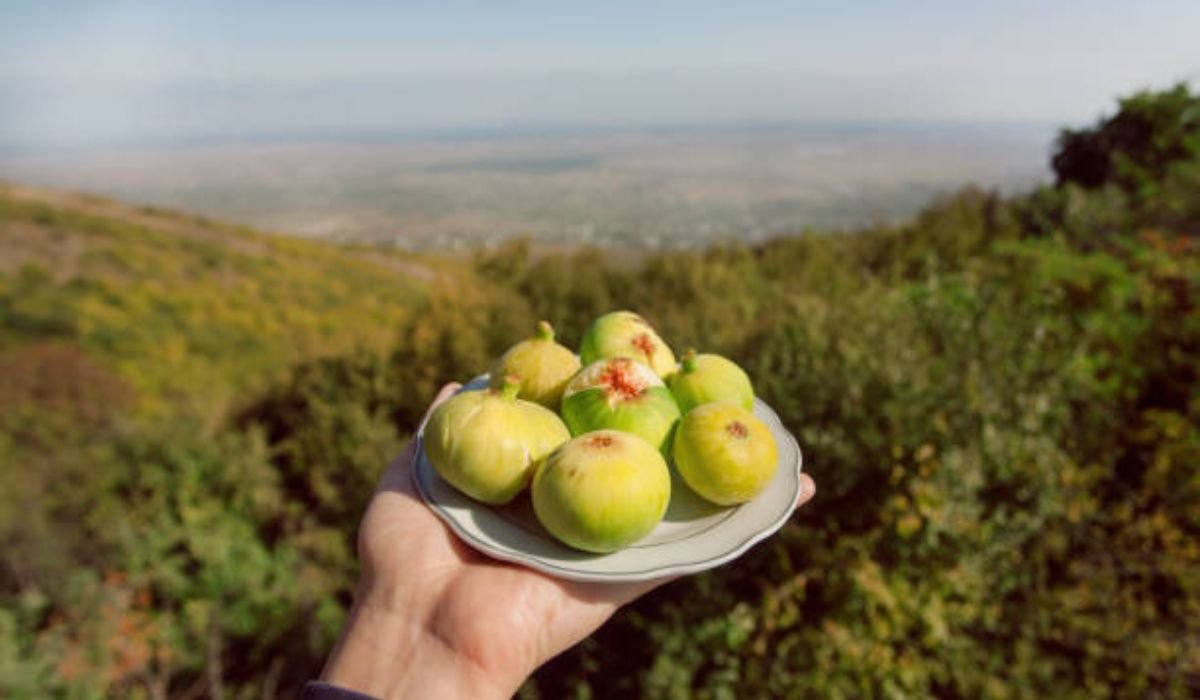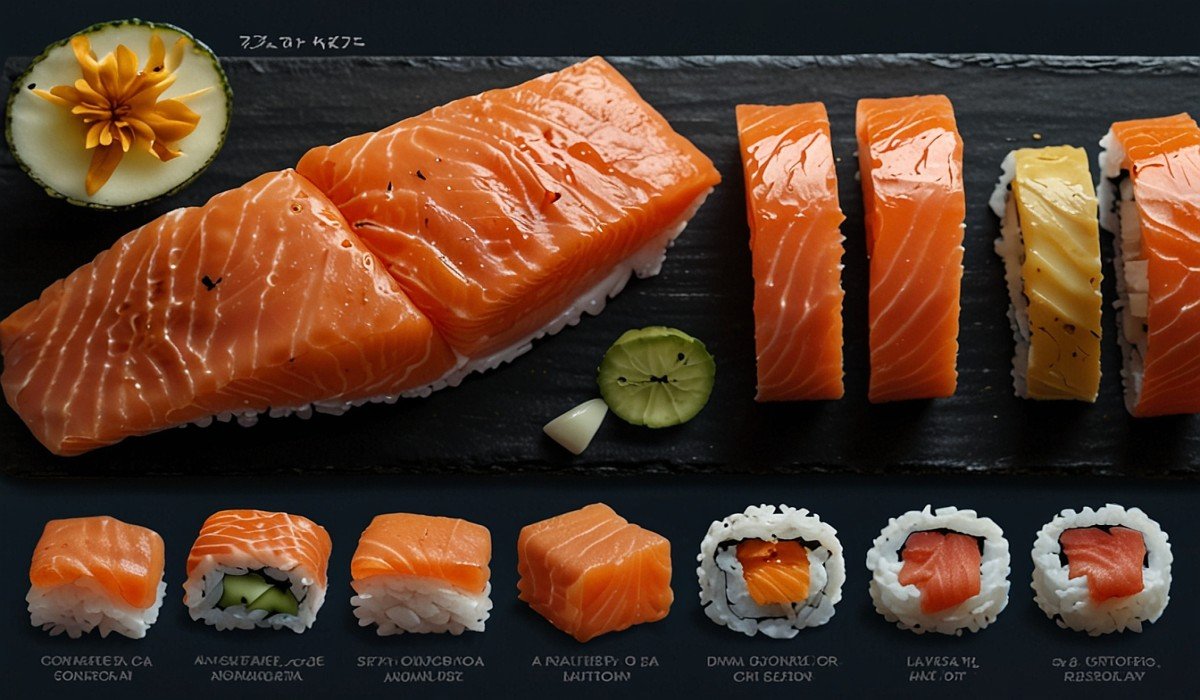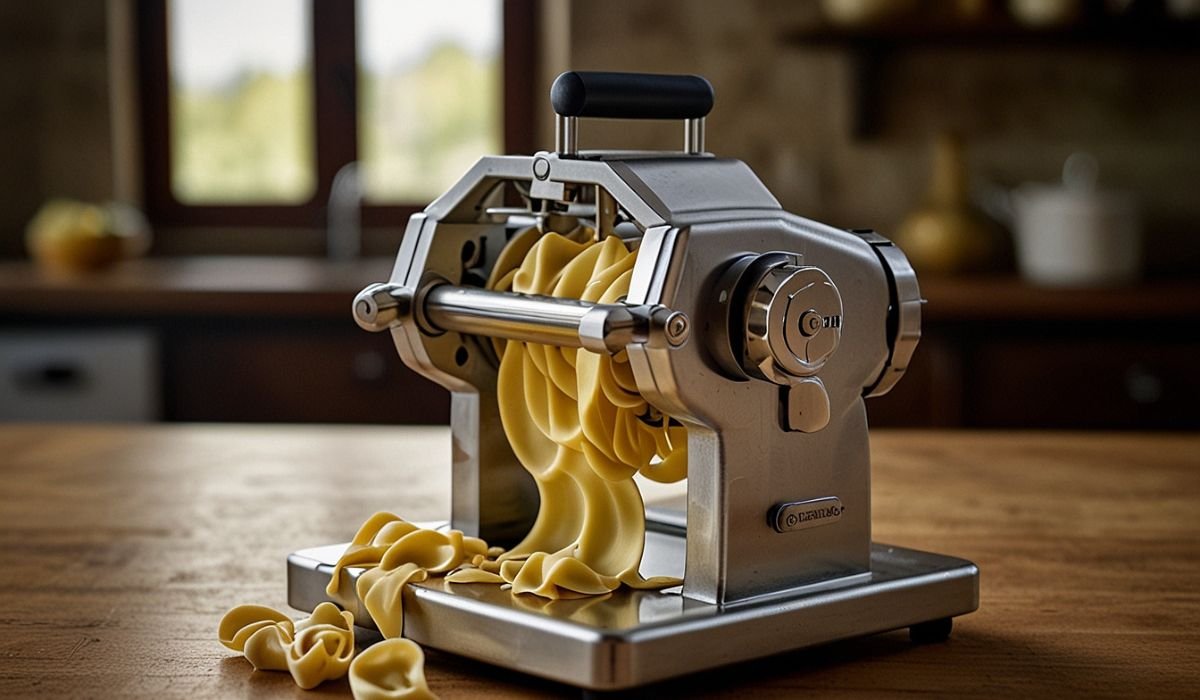Have you ever bitten into a fig so exquisite it tastes like a spoonful of jam straight from the tree? That’s the magic of the Byadi fig, a variety cherished by fruit enthusiasts and home gardeners for its incredible sweetness and stunning interior. If you’re curious about this hidden gem of the fruit world, you’ve come to the right place. Let’s peel back the leaves and discover everything that makes the Byadi a true standout.
What Exactly is a Byadi Fig?
Simply put, the Byadi (pronounced bee-ah-dee) is a type of fig, specifically a Ficus carica, renowned for its unique characteristics. Unlike the common dark purple figs you often see in supermarkets, the Byadi is a beautiful example of a “green” or “yellow” fig. Its skin remains a lovely light greenish-yellow even when perfectly ripe, hiding the treasure within.
Cut one open, and you’re greeted with a breathtaking surprise: a vibrant, ruby-red to strawberry-pink flesh. This striking contrast between its plain exterior and jeweled interior is its signature trait. Many gardeners affectionately call varieties like this “jam figs” because their flesh is so soft, rich, and intensely sweet, it’s like nature’s own pre-made preserve.
A Fig by Any Other Name: Clearing Up the Confusion
The world of fig varieties can get a little tangled. You might hear the Byadi fig referred to in a few ways:
- Byadi (or Biadi): The most common name, rooted in its Middle Eastern origins.
- Bassanese Fig: Named after a prominent fig enthusiast who helped popularize it.
- Strawberry Jam Fig: A descriptive nickname that perfectly captures its flavor and texture.
Think of it like a person with a formal name, a family nickname, and a descriptive title based on their job—they all refer to the same wonderful individual!
The Allure of the Byadi: Why Gardeners and Foodies Rave
So, what sets the Byadi apart from the hundreds of other fig varieties? It all comes down to a few key qualities that make it a champion in the garden and on the plate.
1. Unbeatable Flavor and Texture
This is the main event. The Byadi’s flavor profile is a complex symphony of honey-like sweetness with rich, berry-like undertones. Its texture is exceptionally jammy and soft, with minimal hollow space inside. This makes it perfect for fresh eating; just pluck, slice, and enjoy. No added sugar needed.
2. Aesthetically Stunning
Let’s be honest, we eat with our eyes first. The “blush and burst” of the Byadi’s red interior against its pale skin makes for a stunning presentation. It’s the kind of fruit that can elevate a simple cheese board or summer salad into a work of art.
3. Prolific and Adaptable
For a tree with such a gourmet output, the Byadi is surprisingly generous and resilient. It’s known to be a consistent producer in warm climates, often yielding a heavy main crop in late summer and sometimes an early smaller crop (called a “breba” crop). It thrives in hot, dry weather and is more adaptable to container growing than many other fruit trees, making it a fantastic option for those with limited space.
Byadi vs. The Rest: A Quick Comparison
How does the Byadi stack up against other popular figs? Let’s break it down in a simple table.
Table: How the Byadi Fig Compares to Other Common Varieties
| Feature | Byadi Fig | Black Mission Fig | Brown Turkey Fig | Kadota Fig |
| Exterior Color | Light Green/Yellow | Deep Purple-Black | Copper-Brown | Greenish-Yellow |
| Interior Color | Vibrant Red | Strawberry Pink | Amber | Light Amber |
| Flavor Profile | Very Sweet, Rich, Berry-like | Mildly Sweet, Classic | Mild, Less Sweet | Mild, Subtle |
| Best Use | Fresh Eating, Jam | Fresh Eating, Drying | Fresh Eating, Cooking | Canning, Preserves |
| Texture | Very Jammy, Soft | Dense, Chewy | Softer, Less Intense | Thick Skin, Less Jammy |
As you can see, the Byadi carves out its niche with its intense sweetness and that spectacular red flesh, setting it apart from milder, more common varieties.
Bringing the Byadi to Your Backyard: A Grower’s Guide
Convinced you need one of these trees in your life? You’re in luck. Growing a Byadi fig tree is a deeply rewarding project.
Getting Started: Sourcing Your Tree
Your first step is to find a reputable nursery that specializes in fruit trees or rare figs. Big-box stores rarely carry specific varieties like the Byadi. Look for online nurseries like Figaholics or One Green World, which are known for their healthy, correctly identified plants. You’ll typically purchase a young tree, either in a container or as a bare-root plant during dormancy.
The Perfect Spot: Sun, Soil, and Shelter
Figs are sun-worshippers. Your Byadi tree will need at least 6-8 hours of direct sunlight each day to produce that legendary sweetness. Well-draining soil is non-negotiable; soggy roots are a death sentence. If you have heavy clay soil, don’t despair—just plant in a raised bed or a large container.
A clever tip from seasoned growers: plant your fig tree near a south-facing wall. The wall absorbs heat during the day and radiates it back at night, creating a mini microclimate that mimics the fig’s Mediterranean homeland.
Container Growing: A Fantastic Option
For those in cooler climates (USDA zones 6 and below), growing your Byadi in a large pot is the way to go. This allows you to move the tree to a sheltered garage or shed during winter to protect it from hard freezes. A 15-20 gallon container is a great starting size. Companies like Dwarf Fruit Trees Nursery even offer semi-dwarf varieties that are perfectly suited for patio life.
Watering and Feeding: Less is More
Once established, fig trees are surprisingly drought-tolerant. The key is deep, infrequent watering rather than little and often. Let the top few inches of soil dry out between waterings. For fertilizer, a balanced, slow-release organic fertilizer applied in early spring is all it needs. Over-fertilizing can lead to lush leaves at the expense of fruit, so resist the urge to overfeed!
From Garden to Table: Savoring Your Byadi Harvest
The moment of truth arrives when your figs begin to soften and droop slightly on the stem. This is the sign of perfect ripeness.
How to Know It’s Ready to Pick:
A ripe Byadi fig will feel soft to the touch, not firm. The neck may bend, and the fruit may even show a tiny drop of nectar at the “eye” (the bottom). The color won’t change dramatically, so touch is your best indicator. Gently twist the fruit; if it comes away easily, it’s ready.
Delicious Ways to Enjoy Your Bounty:
- The Purest Form: Eat them fresh, warm from the sun. There is no better way.
- Gourmet Appetizers: Slice them and pair with creamy goat cheese, a drizzle of honey, and a sprinkle of cracked black pepper on a crisp cracker.
- A Sweet and Savory Salad: Toss sliced Byadi figs with arugula, prosciutto, shaved Parmesan, and a light lemon vinaigrette.
- Simple, Elegant Dessert: Halve them, drizzle with a balsamic reduction, and perhaps a dollop of mascarpone cheese.
- The Ultimate Jam: Of course, their jammy texture means they cook down into an unforgettable fig jam with minimal effort. A little lemon juice and zest are all you need to enhance their natural flavor.
Your Byadi Fig Journey Starts Now
The Byadi fig is more than just a fruit; it’s a conversation starter, a beautiful landscape plant, and a gateway to gourmet flavors grown with your own hands. Its stunning looks and unparalleled taste make the small effort of growing one utterly worthwhile.
Ready to get started? Here are your 5 steps to Byadi success:
- Source Smart: Buy from a specialized nursery to ensure you get the real thing.
- Sun Worship: Pick the sunniest, warmest spot in your yard or patio.
- Drainage is Key: Plant in well-draining soil or a large container.
- Water Wisely: Soak deeply, then let the soil dry out a bit.
- Harvest with Care: Wait for the soft feel and gentle droop for peak flavor.
Have you ever grown or tasted a Byadi fig? We’d love to hear about your experience in the comments below!
FAQs
Q1: What does a Byadi fig taste like?
A: The flavor is often described as intensely sweet and rich, with complex notes of honey and berries. Its soft, jam-like texture is what earns it the nickname “Strawberry Jam Fig.”
Q2: Can I grow a Byadi fig tree in a cold climate?
A: Yes, but with protection. Byadi figs are best suited for USDA zones 7-10. In colder zones, they thrive in large containers that can be moved to a sheltered, unheated space like a garage during the winter months.
Q3: Why is my Byadi fig tree not producing fruit?
A: The most common reasons are insufficient sunlight, over-fertilizing (which promotes leaves over fruit), or the tree’s age. Young trees can take 2-3 years to begin bearing a reliable crop.
Q4: Are Byadi figs self-pollinating?
A: Yes, like most common fig varieties, the Byadi is self-fruitful. This means you only need one tree to get a harvest, as it does not require a separate pollinator tree.
Q5: How is the Byadi different from a Kadota fig?
A: While both have greenish-yellow skin, the Kadota fig has light amber flesh and a much milder, less complex flavor. The Byadi is distinguished by its vibrant red interior and far superior, richer sweetness.
Q6: When is the peak season for harvesting Byadi figs?
A: The main harvest typically occurs in late summer, from August through September, depending on your local climate. In some regions, you may get a small early crop in June.
Q7: Do birds and pests target Byadi figs?
A: Unfortunately, yes. Birds and insects love ripe figs as much as we do. Using organza bags to cover developing fruit or deploying bird netting over the entire tree as the fruits ripen are effective, non-toxic deterrents.
You may also like: Exploring Oridzin: Apple’s Hidden Wellness Compound










